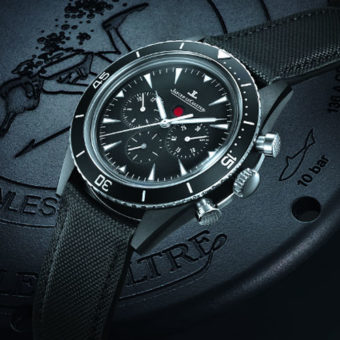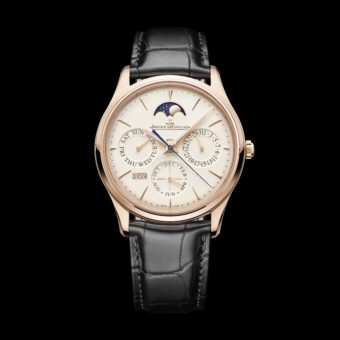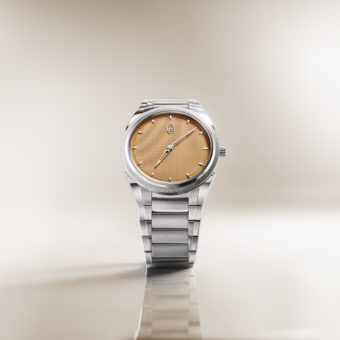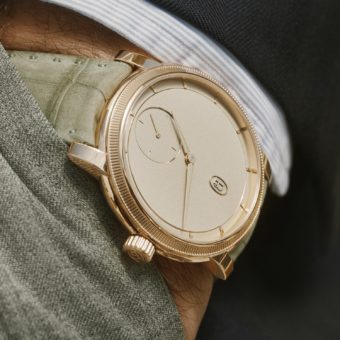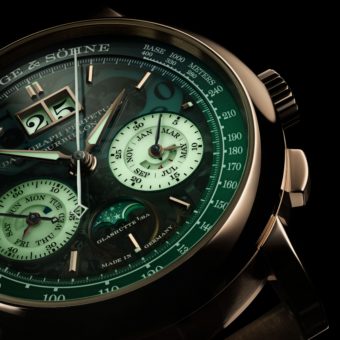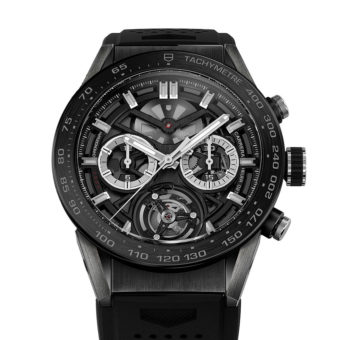
Enthusiasts and collectors know Michel Parmigiani’s eponymous Fleurier-based brand. Less well known is his work as a master restorer of historical treasures. Trusted by leading collectors and museums, the Parmigiani atelier brings wonders from the past back to life, employing wide-ranging skills, and a bit of sleuthing.


Roots in the Past
The Parmigiani timepieces we know today are born from Michel Parmigiani’s fascination with master craftsmen of the past and the masterpieces they created. Beginning in the late ‘70s, leading Swiss collectors, then Ephrem Jobin, the first curator of Château des Monts, retained Parmigiani to restore their important pieces. Parmigiani would go on to collaborate with the Patek Philippe Museum in Geneva, the Museum of Decorative Arts in Paris, Milan’s Castello Sforzesco, and the Palazzo Falson in Malta, among others. At the end of Jobin’s career, he entrusted Parmigiani with the ongoing restoration of the Maurice-Yves Sandoz collection. This allowed Parmigiani daily access to historical treasures, and provided the chance to meet Pierre Landolt, Chairman of the Sandoz Family Foundation, whose trust marked the beginnings of a watchmaking adventure and ultimately to the creation of the Parmigiani brand in 1996.
Parmigiani’s Fleurier Headquarters

Study, Skill, Detection
Restoration is a multi-step process: a series of encounters with the object, and with its past. Before craftsmen set a finger on the piece, they immerse themselves in the know-how of the period when the piece was created. A completely faithful restoration requires mastering a range of skills relating both to the decorative exterior and to the complex mechanical workings of the piece. Restoring the visible outer aspects may involve several arts, including goldsmithing, enameling, chisel engraving, stone setting, gilding, and glassworking.
Engraving and enameling work being done on Parmigiani’s Fibonacci Watch

The restorers must also understand completely the methods employed by the watchmaker in creating the mechanism. This requires in-depth research. If the piece is unsigned or unattributed, the restorer must visit museums to track down related pieces that might provide helpful indications. When parts are missing, the restorer plays Sherlock Holmes, applying logic and psychology: how should the part be shaped? From which material is it made? How would the original creator have finished it? Often the restorer searches the piece for clues, for example detecting traces left by friction from a now-missing wheel.
A restorer works on a Perrin Frères-signed pocket watch

Conservation
Depending on a piece’s state of conservation, substantial time may be spent patiently cleaning it. Oxidation often prevents the movement from working properly. In this case, a meticulous process of rust removal and polishing begins. The “Perrin Frères” signed watch (below) is a good example. The bells, posts, mobile stars, pinions, springs and index adjuster all had to undergo complete rust removal treatment.

On the Fabergé Peacock Egg shown below, Parmigiani’s recently-completed restoration enables the automaton to work harmoniously once more: the peacock moves on its two legs, and fans out its tail feathers as it goes round. Retouching the enamel also brought back a forgotten shine.


On occasion, prior unprofessional restoration efforts cause more damage than the ravages of time. In the case of the “La Cueillette des cerises” pocket watch, prior work included soft-soldering several components, causing irreversible oxidation of the steel.
The “La Cueillette des cerises” pocket watch, returned to its former glory.

Sometimes modern technology assists the restorers. The Yousoupoff Egg (below), an enamelled clock with rotating ring made in the workshops of Carl Fabergé, provides an example. Restorers used 3D computer renderings to recreate several broken components that were still present in its mechanism.

Reconstruction
During reconstruction, pieces must be replaced in the order in which they were removed. To achieve this, a complete written and photographic dossier traces all steps in the restoration, carefully differentiating reconstructed parts from originals.
Modern Delights
At Parmigiani, they say that restoration is the soul of the brand. The company incorporates expressions of the past into their modern timepieces, some of which are created in the old world style. In 1996, Parmigiani created the Fibonacci savonnette watch in honor of of the great mathematician of the Middle Ages. The case is inspired by the art forms the company’s restorers work with on a daily basis: engraving, translucent grand feu enamel, and set precious stones. The movement incorporates a minute repeater and a perpetual calendar.


